Meaning and Interpretation of Music in Cinema
MUSICAL MEANING AND INTERPRETATION
Robert S. Hatten, editor
A Theory of Musical Narrative
Byron Almn
Approaches to Meaning in Music
Byron Almn and Edward Pearsall
Voicing Gender: Castrati, Travesti, and the Second Woman in Early Nineteenth-Century Italian Opera
Naomi Andr
The Italian Traditions and Puccini: Compositional Theory and Practice in Nineteenth-Century Opera
Nicholas Baragwanath
Debussy Redux: The Impact of His Music on Popular Culture
Matthew Brown
Music and the Politics of Negation
James R. Currie
Il Trittico, Turandot, and Puccinis Late Style
Andrew Davis
Neil Young and the Poetics of Energy
William Echard
Interpreting Musical Gestures, Topics, and Tropes: Mozart, Beethoven, Schubert
Robert S. Hatten
Musical Meaning in Beethoven: Markedness, Correlation, and Interpretation
Robert S. Hatten
Intertextuality in Western Art Music
Michael L. Klein
Music and Narrative since 1900
Michael L. Klein and Nicholas Reyland
Musical Forces: Motion, Metaphor, and Meaning in Music
Steve Larson
Is Language a Music? Writings on Musical Form and Signification
David Lidov
Pleasure and Meaning in the Classical Symphony
Melanie Lowe
Breaking Times Arrow: Experiment and Expression in the Music of Charles Ives
Matthew McDonald
Decorum of the Minuet, Delirium of the Waltz: A Study of Dance-Music Relations in  Time
Time
Eric McKee
The Musical Topic: Hunt, Military and Pastoral
Raymond Monelle
Musical Representations, Subjects, and Objects: The Construction of Musical Thought in Zarlino, Descartes, Rameau, and Weber
Jairo Moreno
Deepening Musical Performance through Movement: The Theory and Practice of Embodied Interpretation
Alexandra Pierce
Expressive Intersections in Brahms: Essays in Analysis and Meaning
Heather Platt and Peter H. Smith
Expressive Forms in Brahmss Instrumental Music: Structure and Meaning in His Werther Quartet
Peter H. Smith
Music as Philosophy: Adorno and Beethovens Late Style
Michael Spitzer
Death in Winterreise: Musico-Poetic Associations in Schuberts Song Cycle
Lauri Suurp
Music and Wonder at the Medici Court: The 1589 Interludes for La pellegrina
Nina Treadwell
Reflections on Musical Meaning and Its Representations
Leo Treitler
Debussys Late Style
Marianne Wheeldon
DAVID NEUMEYER
Meaning and
Interpretation of
Music in Cinema
with contributions by James Buhler

This book is a publication of
Indiana University Press
Office of Scholarly Publishing
Herman B Wells Library 350
1320 East 10th Street
Bloomington, Indiana 47405 USA
iupress.indiana.edu
2015 by David Neumeyer
All rights reserved
No part of this book may be reproduced or utilized in any form or by any means, electronic or mechanical, including photocopying and recording, or by any information storage and retrieval system, without permission in writing from the publisher. The Association of American University Presses Resolution on Permissions constitutes the only exception to this prohibition.
The paper used in this publication meets the minimum requirements of the American National Standard for Information SciencesPermanence of Paper for Printed Library Materials, ANSI Z39.481992.
Manufactured in the United States of America
Library of Congress Cataloging-in-Publication Data
Neumeyer, David.
Meaning and interpretation of music in cinema / David Neumeyer ; with contributions by James Buhler.
pages cm. (Musical meaning and interpretation)
Includes bibliographical references and index.
ISBN 978-0-253-01642-3 (cl : alk. paper) ISBN 978-0-253-01649-2 (pb : alk. paper) ISBN 978-0-253-01651-5 (eb) 1. Motion picture musicAnalysis, appreciation. 2. Motion picture musicHistory and criticism. I. Buhler, James, 1964 II. Title.
ML2075.N48 2015
781.5'42dc23
2014047475
1 2 3 4 5 20 19 18 17 16 15
For Laura, who was named after the film;
Kat, who at five was already her own producer;
Dana, who wrote her own script;
and in memory of Livonia Warren McCallum,
who was the model for Princess Glory
in Gullivers Travels (1939).
Contents
Part II: Music in the Mix: Casablanca
David Neumeyer and James Buhler
Preface
This book continues along a path I started down more than two decades ago: a synthesis of the methods and priorities of film studies and music studies. That is hardly a novelty in the present day, I am pleased to report, as the literature of film music studies continues to grow in both quantity and quality. Technological advances have certainly contributed enormously to these gainsover the past decade, the visual has become ever more a routine part of daily activity and has moved ever more firmly to the forefront of cultural attentionbut progress has also come with the inevitable shifts of focus and priority that accompany generational change.
Readers who know my earlier worka significant portion of it written in co-authorship with James Buhlerwill expect to find that the text-object for study is the sound track, not the music track within it. That expectation will certainly be fulfilled here, but this volume is distinguished from my previous publications in that I posit a framework based on the priority of speech (dialogue) and then explore its implications for the analysis and interpretation of music in film. The voice is the place where film studies and (film) music studies meet: the voicehaving its source in an agentguarantees the priority of the image and narrative at the same time that it forces attention to sound and the image/sound dialectic basic to the cinema.
Organization
The books seven chapters are gathered in three parts. The first of these is titled Meaning and Interpretation and moves about among issues and questions for film music analysis and film style in relation to sound. and its contribution to narrative. The distinction between music for film (understood semiautonomously) and music in film (understood as an element of the sound track) is central (Altman 2000, 340). In the final section, three case studies of characteristic scenes with music from To Have and Have Not (1944) provide illustrations of the chapters main points.
M (1931), Written on the Wind (1957), and Prnom Carmen (1983). The final section of the chapter begins with discussion of the correlations of diegetic/nondiegetic and onscreen/offscreen. Apart from their joining in song performance, music and voice come most closely together in the several modes of the acoustic and the acousmatic. After an excursus on presence/absence, an opposition even more fundamental than the five binaries, the discussion leads to a summary example for the chapters presentation: the opening sequences from Rebecca (1940).
was to focus entirely on the C Major Prelude, but because the number of films in which it appears is not large, I was obliged to add the G Major Prelude, which has come into increasing favor with filmmakers over the past twenty-five years.
Next page

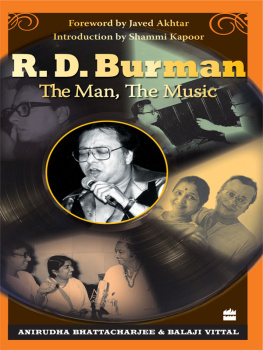
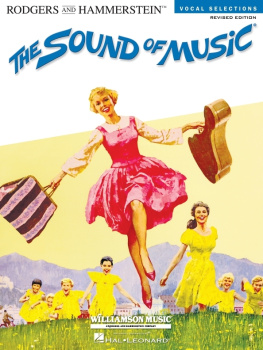
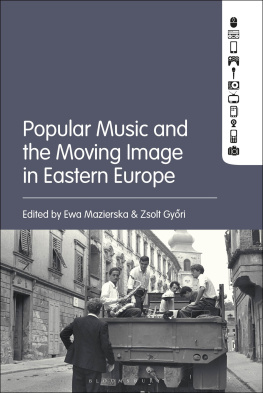
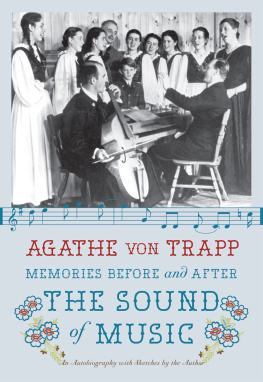
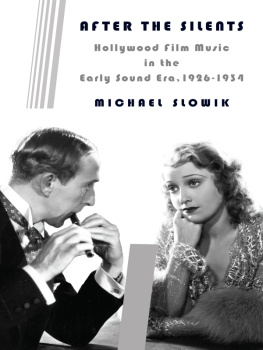
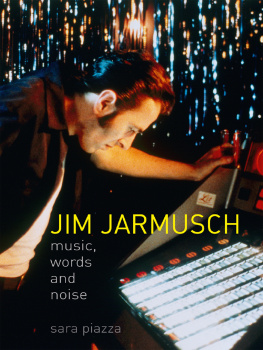
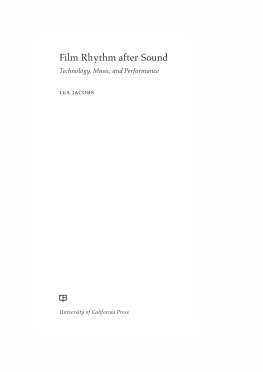
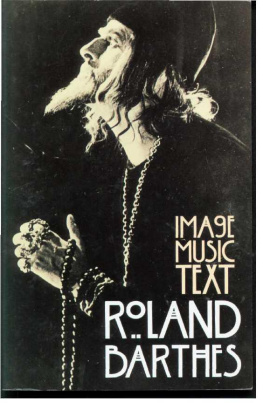
 Time
Time